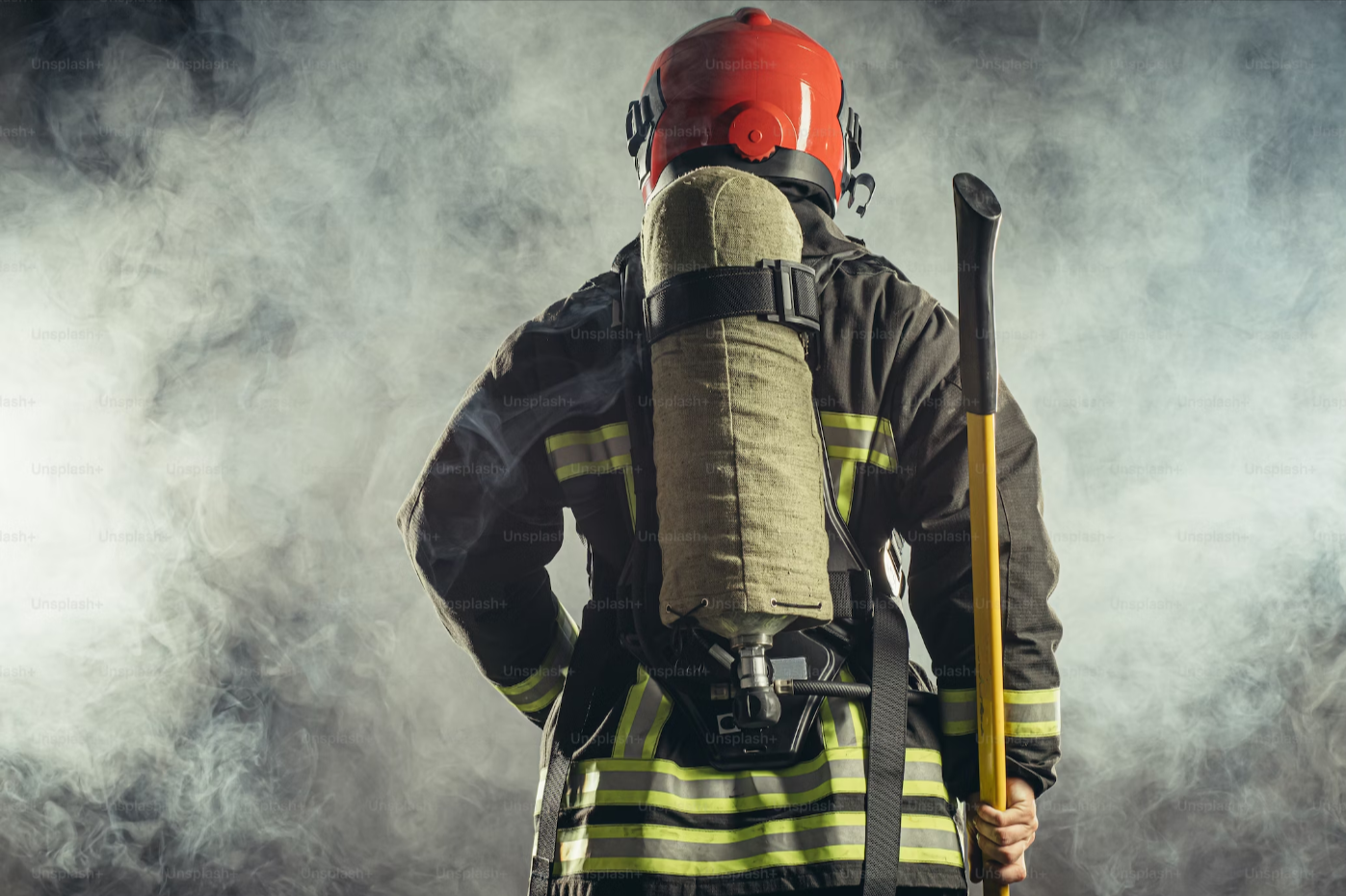
5 Long-Term Health Risks Firefighters May Encounter
Firefighters are brave hearts who risk their lives each day in the line of duty. Saving people and property often comes at a massive cost for these heroes. According to 2021 statistics, 141 firefighters succumbed to injuries sustained while on duty. The number translated into a 38% increase over the previous year, when fewer incidents occurred probably due to the pandemic lockdowns in 2020.
Injury statistics are equally disturbing. A total of 19,200 firefighter injuries (32% of the whole) occurred on the ground. Besides burns, cuts, and scrapes, firefighting hazards include falls, jumps, slips, strains, sprains, and muscular pain. While these short-term injuries are disconcerting, some unknown and life-threatening perils lurk behind the scenes.
As a firefighter, you may find yourself facing a life-threatening illness years later and even after retiring from duty. Here are the long-term health risks that may affect firefighters:
Respiratory Issues
Exposure to a cocktail of toxic substances is something firefighters have to live with. These include smoke, chemicals, and particulate matter. Industrial fires are even more hazardous because the exposure levels are much higher than domestic incidents. Not surprisingly, many firefighting professionals report respiratory issues during and after duty.
Some studies establish that fire smoke may cause respiratory problems such as pneumonia, bronchitis, pulmonary embolism, asthma, and chronic obstructive pulmonary disease (COPD). Prolonged exposure worsens the damage. The inhalation of toxins may take a toll on lung function, compromising overall health and quality of life.
Cancer Risks
Undoubtedly, firefighting is a noble profession, but the long-term risk of cancer makes it a dangerous job. Exposure to carcinogens in smoke and soot significantly elevates the risk. Even the lifesaving firefighting foam is a killer because of its carcinogenic ingredients. AFFF (Aqueous Film Forming Foam) is linked to various health issues due to its PFAS (per- and polyfluoroalkyl substances) content.
The AFFF lawsuit is a bleak reminder of the pain and suffering of firefighters living with cancer due to prolonged exposure to chemical-laced firefighting foam. The worst part is that the product persists in the US regardless of the repeated calls for bans.
According to TorHoerman Law, there is hope of justice for victims as many lawsuits have already been filed against AFFF manufacturers. The AFFF MDL includes nearly 6,000 individual lawsuits, giving victims a strong chance to claim the compensation they deserve for their pain and damages.
Cardiovascular Problems
Firefighting is a physically demanding job, and stress compounds the effect on the body and mind. Both factors increase the long-term risk of cardiovascular issues among firefighters. Studies show these professionals are at a higher risk of hypertension and heart attacks compared to the general population.
Nearly 68% of them had two or more risk factors, such as obesity, hypercholesterolemia, smoking, and sedentarism. Further, cardiovascular disease accounts for 45% of on-duty deaths among firefighters. Exposures to hazardous materials strain the cardiovascular system further. These factors lead to long-term heart problems.
Musculoskeletal Disorders
The physical strain of rescuing people, carrying heavy equipment, and navigating through challenging environments can lead to long-term musculoskeletal disorders. Firefighters often experience musculoskeletal injuries, chronic back pain, and joint problems due to repetitive stress and strain in the line of duty.
These conditions may even lead to long-term disability, affecting their job performance and impacting the overall quality of life. While physiotherapy and treatment may help young professionals, aging ones carry the pain forever.
Mental Health Challenges
Firefighters’ long-term health risks extend beyond physical injuries and diseases. These professionals face life-threatening situations and traumatic events more often than anyone can imagine. Research validates that constant exposure to such events puts them at risk of mental health challenges such as post-traumatic stress disorder (PTSD) and depression. An increased risk of suicide is also a concern.
The emotional toll and unhealthy work-life balance of their profession can affect their family life and relationships. Appropriate support and intervention are essential to deal with this long-term health issue. Unfortunately, many individuals fail to recognize them and seek professional help until they reach the edge.
The Bottom Line
Firefighting is perhaps one of the most dangerous professions, where people fight for their own lives and that of others. Besides the risks of burns and scalds, they suffer from numerous long-term health risks due to the nature of their occupation.
The government should acknowledge the challenges they face and recognize their sacrifices. They should be rewarded with optimal healthcare, adequate support, and preventive steps to mitigate these risks. It is a small effort to give back to people who risk themselves to save others.







